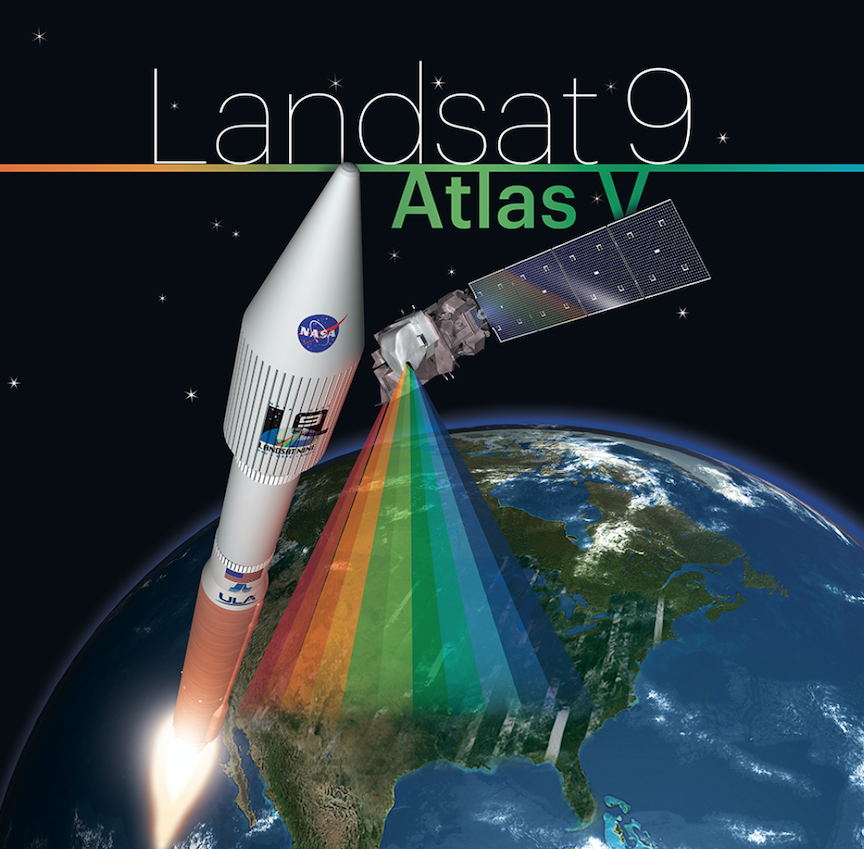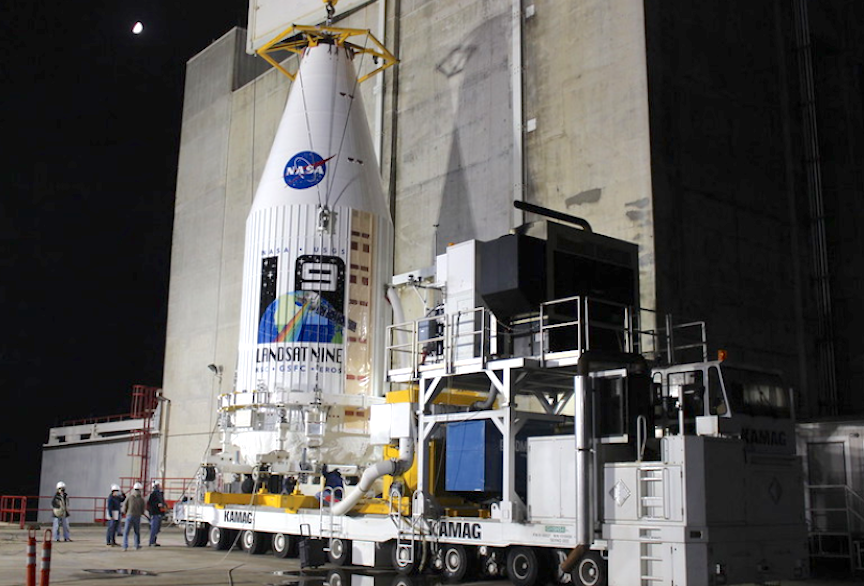
For nearly 50 years, Landsat satellites have provided the longest continuous global record of Earth’s changing landscapes. With Landsat 9, the mission will continue collecting essential science-quality data on Earth’s forests, farms, cities and freshwater regions. Landsat 9 will join Landsat 8 in orbit, and the two satellites together will collect images of our planet’s landscapes and coastal regions every eight days. Landsat is the only U.S. satellite system designed and operated to repeatedly observe the global land surface at a moderate scale to show both natural and human-induced change.
Landsat 9 is a joint mission of NASA and the U.S. Geological Survey (USGS). NASA’s Goddard Spaceflight Center manages the mission through launch and post launch checkout and the Launch Services Program based at Kennedy Space Center manages the launch service. USGS operates the satellite and the mission data archive.

In addition to Landsat 9, this mission includes the Landsat 9 ESPA Flight System (EFS) which will deploy multiple CubeSats after Landsat 9 separation. The EFS is a U.S. Space Force activity to demonstrate the capability of integrating and delivering secondary payloads to orbit on an adapter ring. There are four multi-manifest satellites sponsored by the Defense Innovation Unit, Air Force Research Laboratory, Missile Defense Agency and NASA. The NASA CubeSats include the Colorado Ultraviolet Transit Experiment (CUTE) from the University of Colorado at Boulder which will measure how near-ultraviolet light from a host star changes when an exoplanet passes in front of it and through a planet’s atmosphere. The Cusp Plasma Imaging Detector (CuPID) from Boston University will measure X-rays emitted when solar wind plasma collides with neutral atoms in Earth’s atmosphere.
